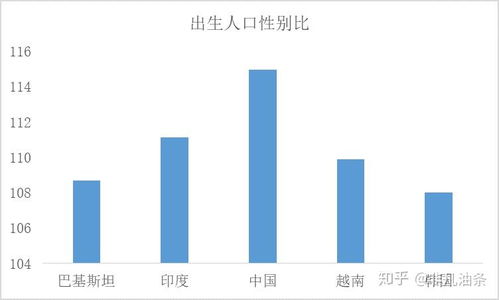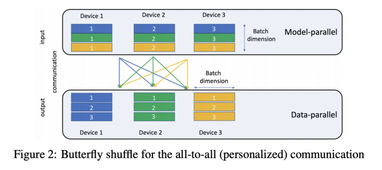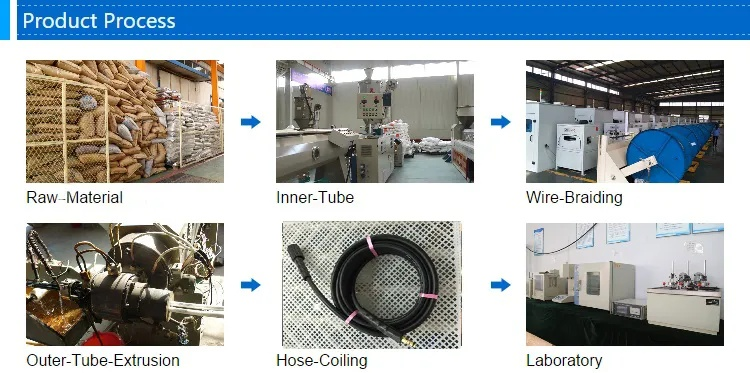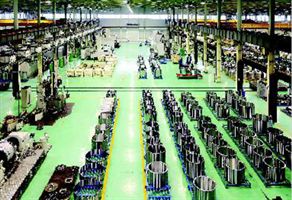The Global Demand for Textile Goods:A Comprehensive Analysis
This paper provides a comprehensive analysis of the global demand for textile goods. It examines the factors that drive this demand, including economic growth, population expansion, and changing consumer preferences. The analysis also takes into account the impact of technological advancements on the production and consumption of textile goods. The study finds that while there are some challenges in meeting the global demand for textiles, such as environmental concerns and labor shortages, these issues can be addressed through innovation and policy interventions. Overall, the demand for textiles is expected to continue to grow, driven by both domestic and international markets.
Introduction: The textile industry is a vital sector in the global economy, accounting for a significant portion of international trade. This sector plays a crucial role in providing employment opportunities, contributing to economic growth, and meeting the needs of millions of people worldwide. In this article, we will explore the demand for textile goods globally, highlighting the importance of textile exports in various countries and regions. We will also present an example of a successful textile export case study.
Global Demand for Textile Goods: Textile products are essential components of daily life for people around the world. They come in various forms such as clothing, home furnishings, and industrial materials. According to data from the World Bank, the textile industry contributes approximately $1 trillion to the global economy each year. This figure represents a significant portion of the global GDP, highlighting the importance of this sector in the global economy.
In recent years, the demand for textile goods has been on the rise due to several factors. Firstly, advancements in technology have enabled the production of high-quality textile products at lower costs, making them more accessible to consumers worldwide. Secondly, growing consumer awareness about environmental sustainability has led to a shift towards eco-friendly textile products, which are becoming increasingly popular among consumers. Thirdly, the pandemic has accelerated the shift towards remote work and online shopping, leading to increased demand for comfortable and stylish clothing.

Countries with High Textile Exports: Several countries have emerged as leaders in the textile industry, with significant exports to various markets worldwide. India is the largest producer of textiles in the world, producing over $250 billion worth of textiles annually. China, with its vast manufacturing capacity, also ranks among the top exporters of textiles. Other notable exporters include Bangladesh, Vietnam, Indonesia, and Pakistan.
India's textile exports have been growing steadily over the past few years, driven by rising demand from emerging markets such as China and Southeast Asia. According to a report by the International Trade Centre, India's textile exports reached $37.4 billion in 2019, up from $36.8 billion in 2018. Similarly, China's textile exports grew by 11% to $145.7 billion in 2019, marking a record high for the country's textile industry.
Indonesia, another major exporter of textiles, has seen a surge in demand for sustainable and eco-friendly textile products. The country's textile exports rose by 12% to $10.5 billion in 2019, driven by strong growth in the home furnishings and apparel sectors. Pakistan has also made significant strides in the textile industry, with exports reaching $1.5 billion in 2019, primarily in the apparel and home furnishings sectors.
Case Study: One successful textile export case that highlights the importance of textile exports is the story of Jaipur Textiles Limited (JTL), a leading manufacturer of premium quality cotton and linen fabrics in India. JTL was founded in 1998 by Mr. Rakesh Mehta, who saw the potential of expanding into the global market. With a focus on quality and sustainability, JTL quickly gained a reputation for producing high-end textile products that met the demands of international buyers.
Over the years, JTL expanded its operations across different continents, including North America, Europe, and Asia. In 2019, JTL achieved a milestone by achieving a turnover of $150 million in its textile exports, representing a significant increase from the previous year. The company's success can be attributed to several factors, including its commitment to innovation, quality control, and a strong brand image.
Conclusion: The textile industry remains a vital component of the global economy, with significant demand for textile goods worldwide. Countries like India, China, Indonesia, and Pakistan have emerged as leaders in the industry, with significant exports to various markets. Successful textile export cases like Jaipur Textiles Limited demonstrate the importance of focusing on quality, sustainability, and innovation in order to succeed in the competitive global market. As the demand for textile goods continues to grow, it is essential for countries like India and China to continue investing in their industries to maintain their position as global leaders in the textile sector.
在当今全球化的世界中,纺织品外贸已成为一个不可忽视的经济领域,我们就来探讨一下纺织品外贸的现状和趋势。
纺织品外贸概况
纺织品外贸在全球范围内都非常活跃,随着全球经济的不断发展和国际贸易的深入,越来越多的国家和地区开始参与到纺织品贸易中来,这不仅促进了国际贸易的增长,也为各国带来了丰富的贸易机会。
纺织品外贸案例分析
以某知名纺织品出口企业为例,其近年来在纺织品外贸领域取得了显著的成绩,该企业在国际市场上拥有广泛的产品线和销售网络,主要出口的产品包括各种类型的纺织品,如服装、家纺、窗帘等,该企业还积极拓展国际市场,与多个国家和地区建立了稳定的贸易合作关系。
产品种类丰富
该企业主要生产各种类型的纺织品,包括但不限于棉质、丝绸、麻质、羊毛等,这些产品种类丰富,满足了不同国家和地区的消费需求,该企业还注重产品的设计和创新,不断提高产品的质量和竞争力。

市场拓展迅速
该企业在国际市场上取得了迅速的市场拓展,通过不断拓展销售网络和扩大市场份额,该企业逐渐成为了国际纺织品市场的知名品牌,该企业还积极应对国际贸易环境的变化,不断优化贸易策略,提高自身的竞争力。
纺织品外贸现状分析
纺织品外贸呈现出以下几个特点:
-
国际贸易环境日益复杂化:随着国际贸易环境的不断变化,纺织品外贸面临着更多的挑战和机遇,各国之间的贸易壁垒和关税政策不断调整,使得纺织品外贸需要不断适应新的市场环境。
-
纺织品的国际市场需求持续增长:随着全球经济的发展和人们生活水平的提高,人们对纺织品的消费需求不断增长,各国对环保、可持续性等问题的关注度也不断提高,这也为纺织品外贸带来了更多的机遇。
-
纺织品的品牌化和高端化趋势明显:随着消费者对品质和品牌的要求不断提高,纺织品的外贸也逐渐向品牌化和高端化趋势发展,越来越多的消费者开始注重产品的品质和设计,这也为纺织品外贸带来了更多的发展机遇。
纺织品外贸趋势分析
纺织品外贸将继续呈现以下几个趋势:
-
国际贸易合作将继续深化:随着全球经济的不断发展和国际贸易的深入,各国之间的贸易合作将继续深化,各国将更加注重贸易的互利共赢,推动纺织品外贸的健康发展。
-
纺织品的环保和可持续性将成为新的趋势:随着人们对环保、可持续性等问题的关注度不断提高,纺织品的外贸也将更加注重环保和可持续性,纺织品将更加注重产品的环保和可持续性,提高产品的质量和竞争力。
-
跨境电商将继续发展:随着互联网技术的不断发展,跨境电商将继续发展,越来越多的消费者将通过跨境电商平台购买纺织品产品,这也为纺织品外贸带来了更多的发展机遇。
纺织品外贸在全球范围内都非常活跃,随着国际贸易环境的不断变化和人们生活水平的提高,纺织品外贸将继续保持增长态势,各国也将更加注重贸易的互利共赢,推动纺织品外贸的健康发展,纺织品外贸将继续向品牌化和高端化趋势发展,同时跨境电商也将继续发展。
Articles related to the knowledge points of this article:
The Cost of Yarn in the Textile Industry
An Overview of the United States Textile Tariff Rates
The Causes of Pre-Shrinkage in Textiles
The Journey of Hainingge Petrochemical Textiles
The Ugandan Textile Market A Global Perspective and Regional Insights



